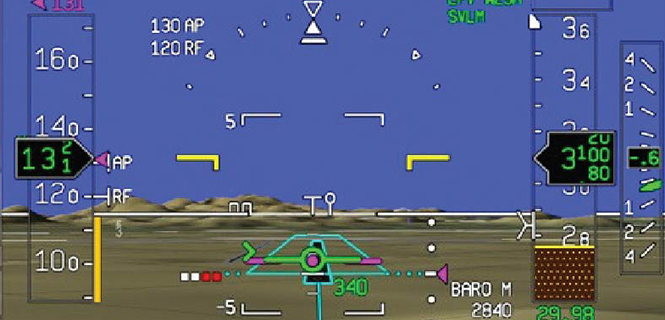
By Guy Buesnel and Paul Crampton
Several jamming incidents in 2016 highlight the increasing reliance on GNSS by commercial aviation and vulnerabilities of PNT-dependent devices and systems to real-world GNSS threats.
Notices to Airmen (NOTAMs) and other warnings to pilots and crews reported GPS signal jamming near major international airports. Aircraft approaching or flying over these airports were advised to avoid using RNAV technology to plan their approach or landing, due to the presence of GPS signal jamming.
The NASA Aviation Safety Reporting System (ASRS) database contains records of pilot-reported incidents, which rose from 11 in 2013 to 28 in 2015, and they continued to grow in 2016.
There is also increasing pressure on the GPS spectrum, from Ligado plans to deploy wireless systems in the U.S. that transmit on adjacent frequencies, to Europe’s new Radio Equipment Directive with a GNSS Adjacent Band Compatibility test. The U.S. Department of Transportation recently found that high-precision GPS receivers were more likely to be affected by adjacent-band noise.

